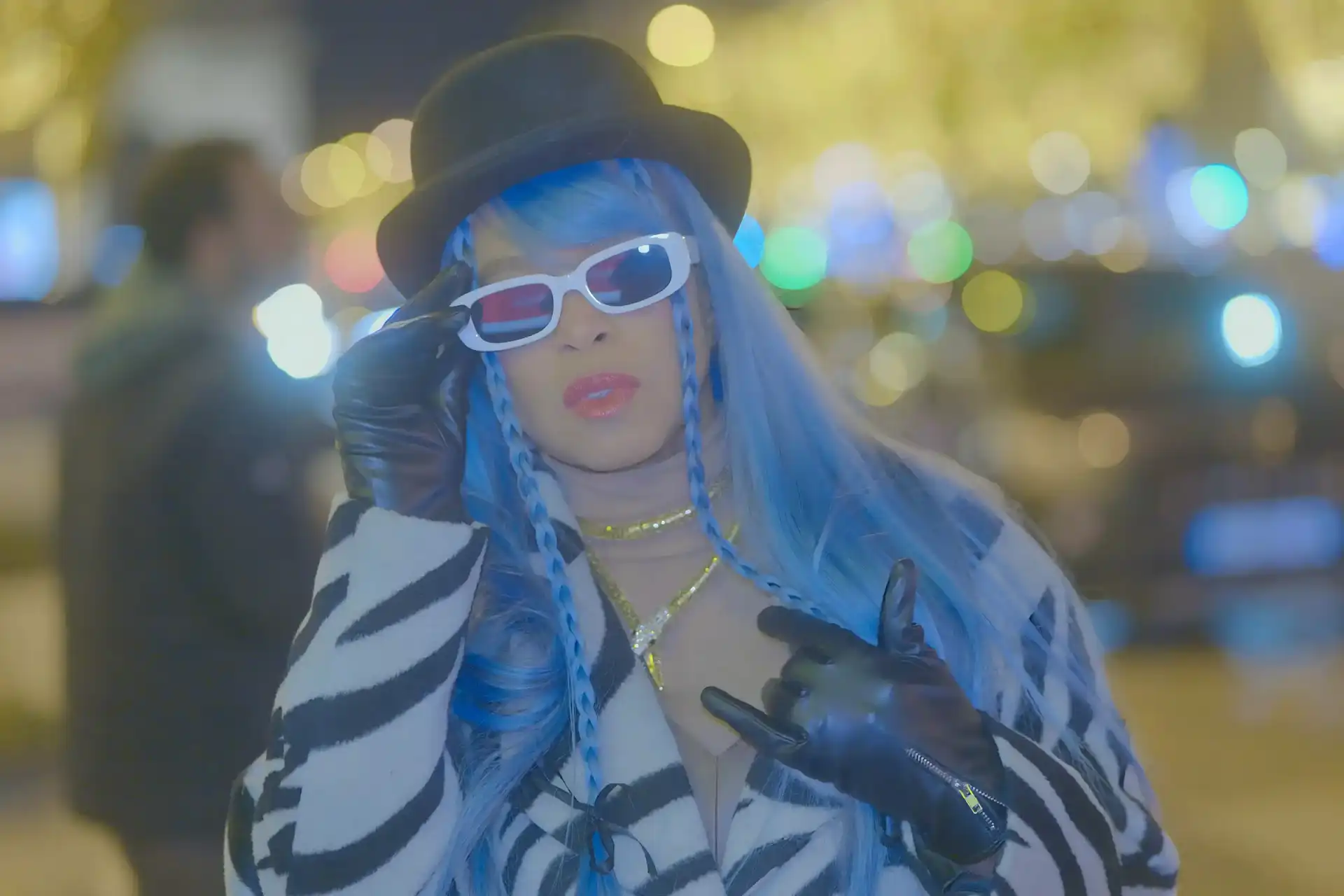Pop music shapes our every day lives with its catchy tunes and relatable verses, mixing different impacts to create a generally enticing yet complex style. From current chart-toppers to timeless standards, pop music develops however remains rooted in its power to unite individuals. Its ease of access and global motifs safeguard its location in today's society, providing something for everybody to appreciate.
What Is Pop Music?
Pop music functions as the soundtrack to modern-day customer society, characterized not by certain designs or instrumentation, but by its broad charm and monetary accomplishment. Its simple nature - in regards to melody, verses, and composition - enables it to forge solid bonds with a diverse, establishing it in addition to the complexities of symphonic music and the improvis jazz. The genre's inclusive top quality differentiates it from the raw power of rock and the specialized beauty of folk, providing it a common ground that brings people with each other with memorable rhythms and sincere melodies. As a result, pop music strikes a chord on both intimate and collective levels.
Interpretation of Pop Music
Mainstream music, also known as pop, is a style that records the hearts of a wide audience, mirroring a diverse range of designs that take advantage of the cultural, social, and political zeitgeist. With origins dating back to 1926, the pop music landscape has continuously changed to mirror transforming listener classification within a specific age or design. Identified by its wide allure and adaptability, pop music usually assembles with various other categories like hip-hop, dance, and country, priorit mass bankability over imaginative authenticity.

The Beginnings of Popular Music
The term "pop music" emerged in the 1950s in the U.S. and U.K., alongside rock-and-roll. Early pop music thrived with artists like Elvis Presley, developing a noise that talked to the young people. This songs mirrored cultural changes, uniting varied backgrounds post-WWII and paving the way for future mainstream expressions.
Advancement of Pop Music
Early Beginnings
The mid-20th century experienced the birth of pop music, formed by the merging of jazz and music fads. The 1920s jazz explosion sparked a wave of development, triggering varied musical designs and styles. As the 1950s unravelled, pop music thrived, fusing elements of jazz, blues, and various other categories, with legendary figures like Elvis Presley and Chuck Berry at the forefront. During this age, pop music became a cultural mirror, connecting social separates and laying the groundwork for the mainstream songs landscape that would follow.
Growth Through the Decades
Pop music progresses rapidly, matching social modifications and embracing brand-new modern technology.
The 1950s saw the emergence of jazz and renowned numbers like Elvis Presley and1960s introduced the British Invasion and folk-rock fusion, with epic acts like The Beatles and The Supremes0s were marked by the surge of nightclub, funk, and smooth rock, with ABBA and the Bee Gees among the standout artists. The 1980s were identified by the prominence of synthesizers and the impact of MTV, with route Jackson and Madonna pressing the limits of pop music. The 1990s saw the spreading of boy bands, pop-rock, and hip-hop impacts, with groups like NSYNC and artists like Mariah Carey attaining prevalent success. The 2000s were specified by the advent of electronic music and the extensive use autotune, with stars like Britney Spears and Beyoncé preponderating.
Modern technology has actually substantially impacted pop music, transforming production, circulation, and advertising. Synthesizers in the 1980s introduced new noises, and MTV revolutionized songs usage. The 2000s saw digital downloads and systems like iTunes reshape the industry. Streaming services like Spotify and social media sites democratized the market, making it much easier for independent artists to break through.
Key Characteristics
Pop music is defined by its mass reach and connection with mainstream target markets. It features catchy melodies, relatable verses, and danceable beats. Hooks are important, making sure tracks embed listeners' minds. Verses are straightforward, focusing click here on universal experiences like love and heartbreak. Rhythm is crucial, with pop music often including a 4/4 time and driving rhythm, ideal for playlists. Pop music's malleability allows it to blend styles, producing a noise that attract a large audience.
Influence of Culture
Impact on Fashion and Trends
Pop music and fashion are linked, with musicians usually becoming design influencers. Music videos and public appearances set trends, with renowned minutes like Madonna's "Like a Virgin" age and Billie Eilish's streetwear design reshaping fashion. Pop music determines young people society aesthetics, with trends moving quickly.
"Participation in Collective Action and Activ
Pop music addresses social and political issues, driving adjustment. Albums like Beyoncé's "Lemonade" and songs like Michael Jackson's "We Are the World" highlight its duty in activism. Pop music's reach makes it a powerful tool for cumulative action and driving social motions.
"Widespread Influence and International Appeal"
The global allure of pop music knows no linguistic bounds, as exemplified by the international sensation of BTS. Cross-cultural collaborations, like the chart-topping hit "Despacito" by Luis Fonsi and Daddy Yankee with Justin Bieber, show the style's power to bring people with each other across the globe.
Connection to Youth Culture
For many individuals, pop music is an intensely relatable and intimate part of their lives, matching their feelings and experiences. It provides a sonic background to essential life occasions, influencing societal fads and motivating collective activity via prominent events like Coachella and Lollapalooza.
The Importance of Pop Music
Pop music influences culture, driving worldwide fads in fashion, art, movie, and social media sites. It links social differences, promoting understanding and joining people with relatable experiences. Pop music shapes the modern-day show business, driving concert ticket sales, product, and streaming numbers. It reflects social modifications, chronicling background and forming society.
Last Summary
Pop music's staying power hinges on its capability to reverberate, relocate people, and stay current. With its infectious rhythms, relatable verses, and comprehensive sounds, it touches all elements of life. Whether finding brand-new tracks or taking another look at old faves, pop music remains to involve and astound audiences worldwide.